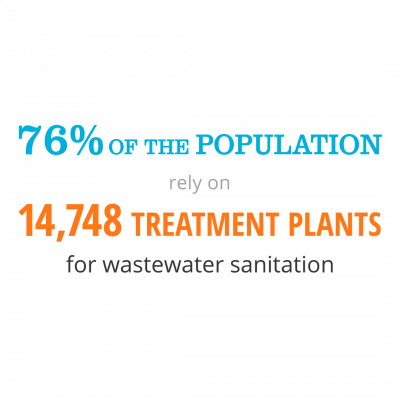According to civil engineers in Kansas and Missouri, the states have an imperative to improve their inadequate infrastructure systems if they hope to boost their economies. Today marks the release of both the 2013 Report Card for Missouri’s Infrastructure and the 2013 Report Card for Kansas’s Infrastructure. Engineers in each state spent the last year analyzing 9 and 11 categories in Kansas and Missouri respectively, assigning cumulative grades of C- for both.

Tom Jacobs, P.E., Report Card Committee Co-Chair for Kansas, accompanied the news by impressing upon elected officials the need to do better. “To our elected officials I only ask this question: is a C- good enough? I certainly hope not. We did not elect you to build a C- state. Our roads, levees, bridges and dams need long-term investment in order to have long-term success.”
“Our state’s future is dependent upon whether we can attract businesses and allow them to thrive” said Steve Randolph, P.E., President of the ASCE St. Louis Section. “A C- means that businesses cannot reliably and effectively move goods in an ever-changing global marketplace. If we are serious about creating jobs and building a strong economy, then we must also be serious about investing in our infrastructure.”
Each state’s grade was the aggregate of various individual sectors, ranging from Aviation and Energy, to Levees and Wastewater. The grades for each state are broken down as follows:
KANSAS
- Aviation earned a C. Twenty-five percent of Kansas’ airports with paved runways need improvement. System-wide, only 36 percent of Kansas airports meet the benchmark for clear approaches to the primary runway.
- Bridges were awarded a D+, in part due to Kansas’s nearly 3,000 structurally deficient bridges. Only five states have more structurally deficient bridges than Kansas.
- Dams earned the lowest grade of a D-. Of the state’s 6,087 dams, 230 are classified as high hazard, meaning failure would likely lead to loss of life and significant property damage.
- Drinking Water earned a C. Presently, there are no dedicated revenue streams to support the necessary funding to support the Kansas’ Water Plan initiatives.
- Energy was awarded a C-. Kansas ranks in the top ten for crude oil production and has one of the richest natural gas fields in the United States.
- Levees earned a C-, in part due to the fact that there are no consistent standards or regulations governing the maintenance and ongoing inspection of levees in the State.
- Railroads earned a C. Kansas has the sixth largest rail system in the United States. Funding sources for the long-term investments have not been identified yet.
- Roads earned the highest grade of a C+. A decrease in federal and state funding levels has a direct impact on the quality of roads in Kansas, from safety to pavement condition.
- Schools earned a C+. There was a huge expansion in the 1950s where the amount of schools in Kansas more than doubled. These building are now 60 years old and many are in need of major repair or replacement.
- Aviation earned a C grade, in part due to the fact that over the next five years, a shortfall of slightly more than $81 million is anticipated for MO’s aviation sector.
- Bridges was awarded a C-.Missouri has 339 functionally obsolete bridges (12 percent of Missouri’s bridge inventory). Missouri has the 19th lowest percentage in the country.
- Dams received the lowest grade of D-. Missouri has 1,588 high hazard dams (meaning failure would likely lead to loss of life and significant property damage), and 3,511 significant or low hazard dams.
- Drinking Water earned a C-. Even though Missouri has an abundance of water for serving its communities, its aging water treatment and distribution systems are struggling to keep up with current demand.
- Energy earned a D+. Missouri’s shift away from coal and toward more sustainable energy systems, is requiring increased investment in generation facilities, transmission and distribution networks.
- Inland Waterways was awarded a D. Each year the Missouri River carries 8 million tons of cargo, throughout its navigable length. The Mississippi River carries 58 million tons to the mouth of the Missouri River, and 189 million tons to Baton Rouge, Louisiana.
- Levees were awarded a C-. It is estimated that 85 percent of Missouri’s levees are not a part of the National Levee Database.
- Railroads received a C. In order to meet future travel demands, greater funding and much greater support from the State will be necessary.
- Roads earned a C. The last time the state of Missouri passed a piece of transportation funding-related legislation was in 2004. The funding generated by the bill allowed for 2,200 miles of the state’s busiest highways to be smoother and safer, sped up 55 critical highway projects and allowed $1.6 billion in new construction.
- Schools earned a C, in part due to education budget cuts and a lack of long-term funding.
- Wastewater earned a C-. The state of Missouri has a network of established wastewater systems that have been functionally serving citizens for over 50 years in some locations.
Follow the links to read more about the 2013 Report Card for Missouri’s Infrastructure or the 2013 Report Card for Kansas’s Infrastructure.

